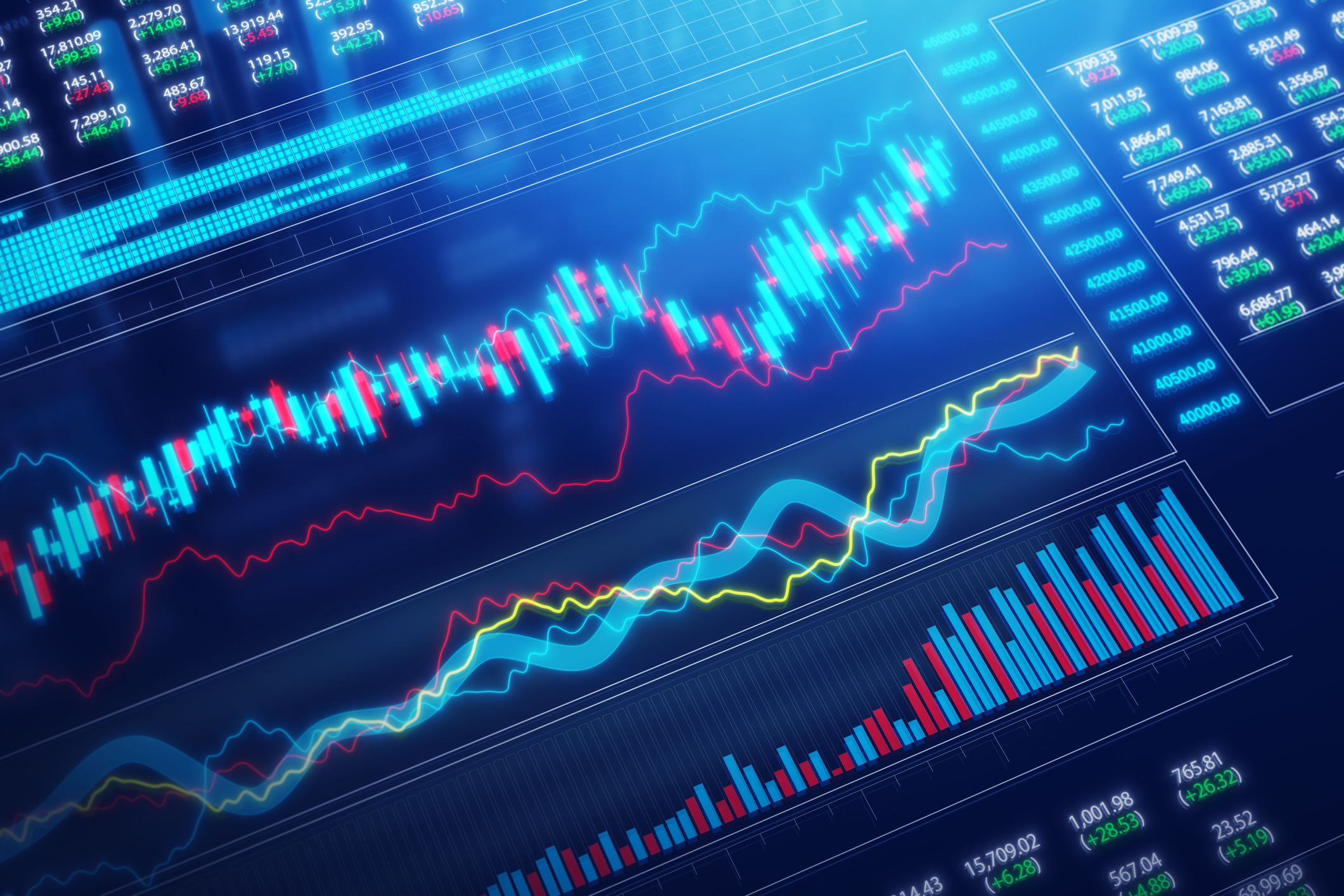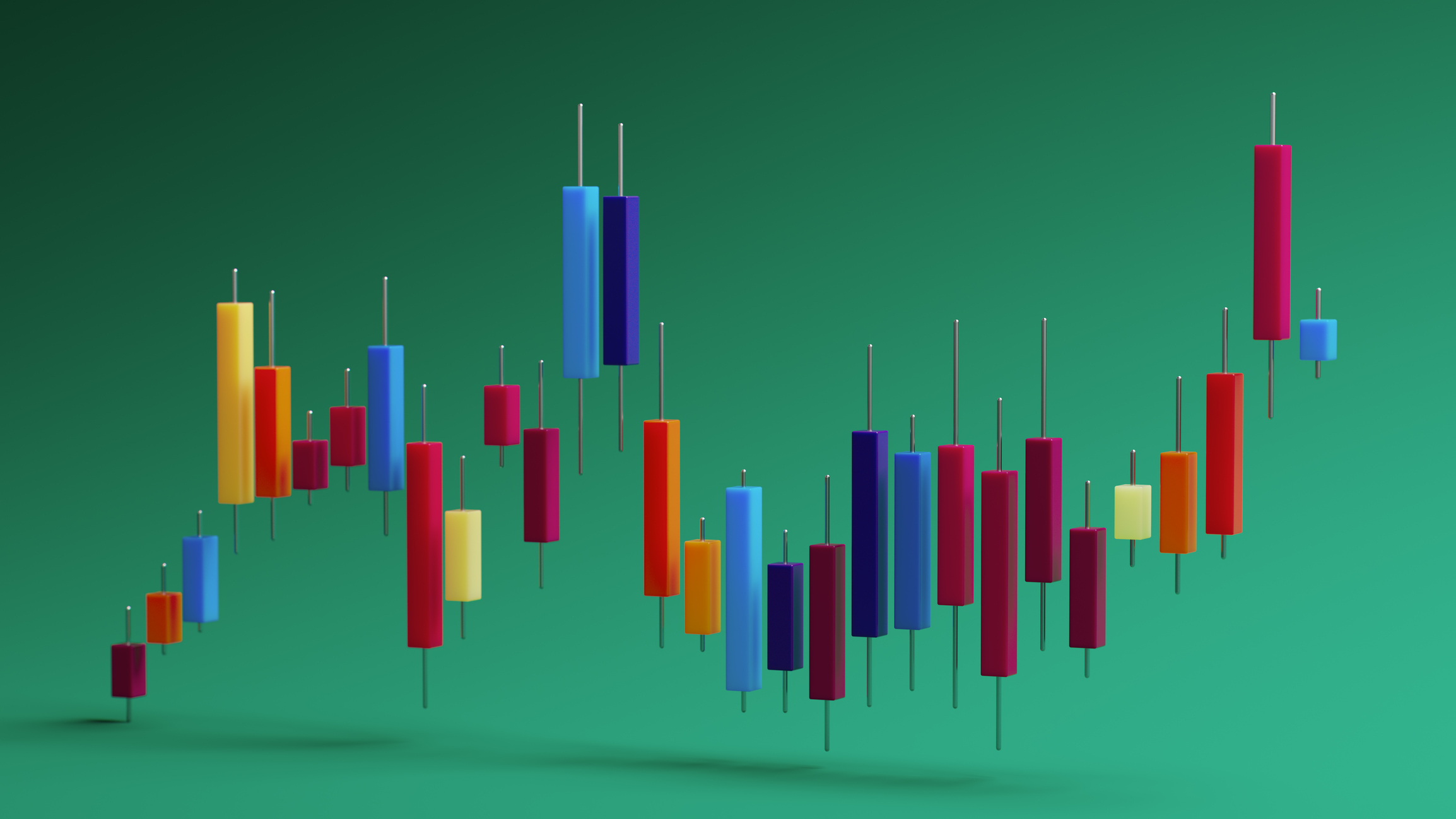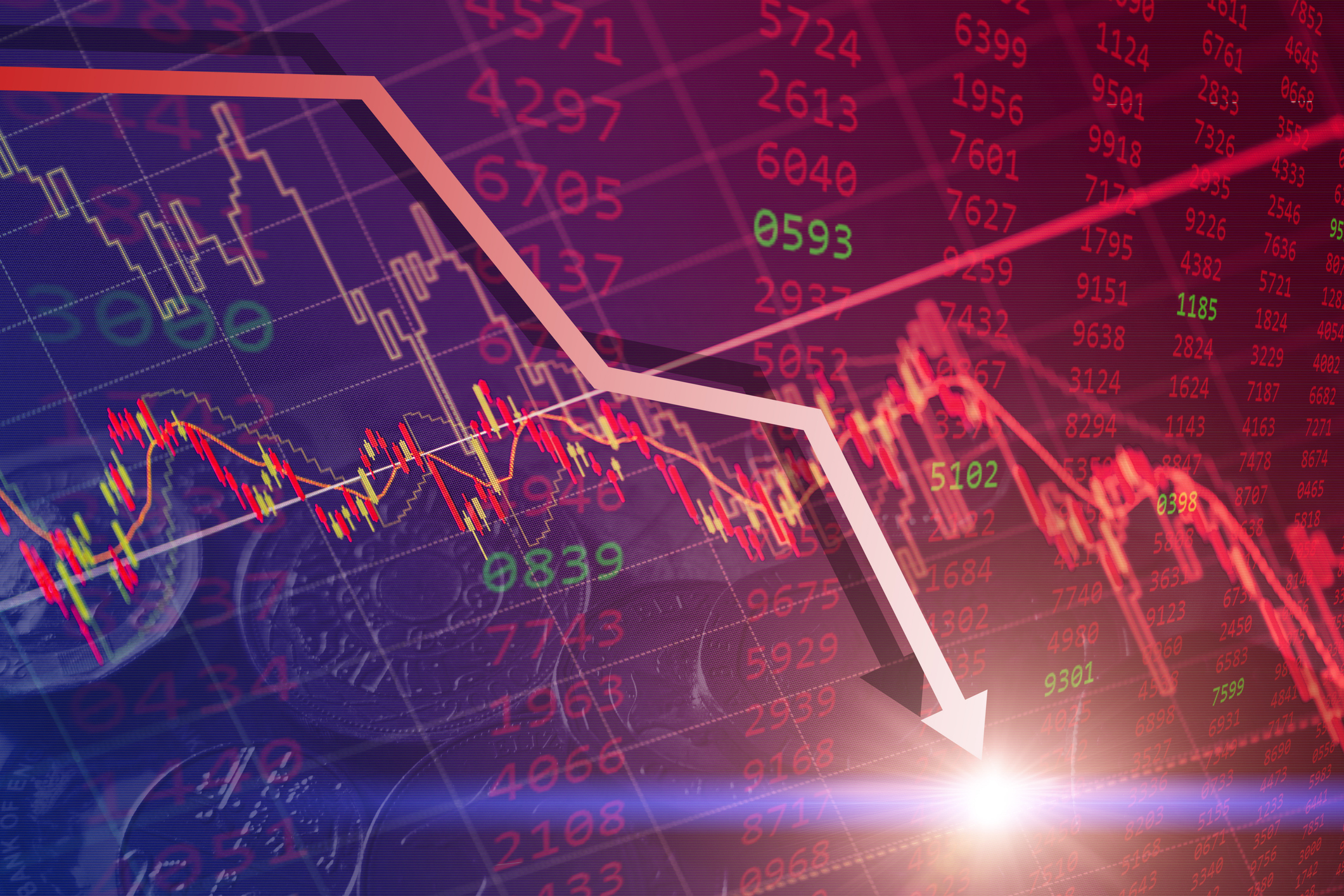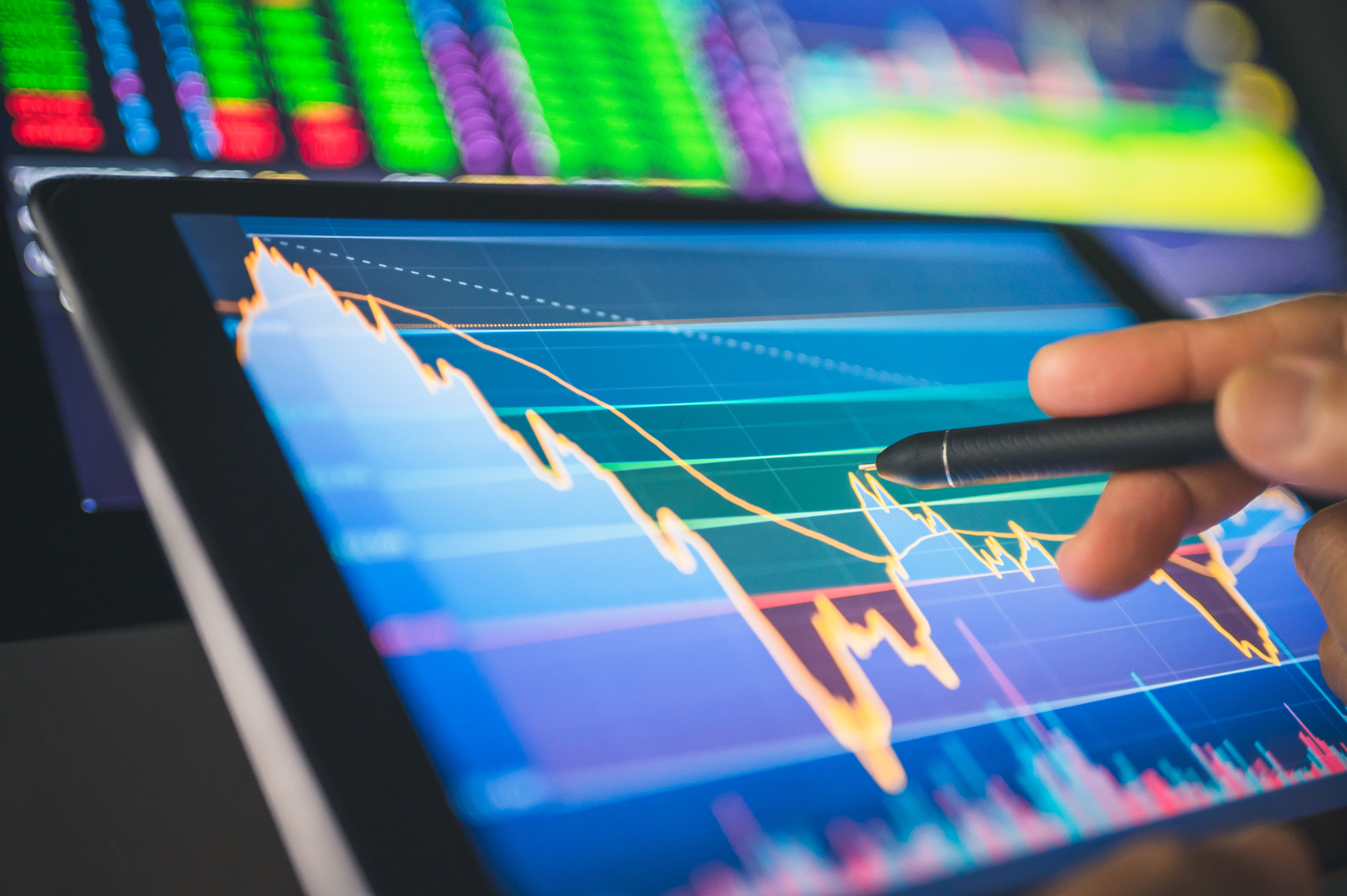Stock Market Today: Stocks Sell Off to Close a Disastrous September
The stock market's latest slide occurred as inflation data came in hotter than expected.


It was a fitting end to what turned out to be a tough week, month and quarter for stocks, with the negative price action driven by fears of Fed rate hikes, stubbornly high inflation and a slowing economy.
Stocks started Friday in the red after this morning's personal consumption and expenditures index, which measures price changes for household spending and is the Fed's preferred measure of inflation, came in higher than expected. Specifically, data from the Commerce Department showed core consumer prices, which exclude volatile food and energy prices, were up 0.6% month-over-month and 4.9% year-over-year in August.
However, stocks pared some of these losses after the Chicago purchasing managers' index slumped to 45.7 in September from August's 52.2. Readings below 50 indicate contraction, and this the index's lowest level in two years.
From just $107.88 $24.99 for Kiplinger Personal Finance
Become a smarter, better informed investor. Subscribe from just $107.88 $24.99, plus get up to 4 Special Issues

Sign up for Kiplinger’s Free Newsletters
Profit and prosper with the best of expert advice on investing, taxes, retirement, personal finance and more - straight to your e-mail.
Profit and prosper with the best of expert advice - straight to your e-mail.
"There were two waves of U.S. economic data, the first suggested inflation remains hot and more Fed tightening pain is justified, while the second wave showed a weakening economy and some relief with inflation expectations," says Edward Moya, senior market strategist at currency data provider OANDA.
Still, the mid-morning push higher couldn't be sustained, and by the close, the Dow Jones Industrial Average was down 1.7% at 28,725, the S&P 500 Index was off 1.5% to 3,585, and the Nasdaq Composite was 1.5% lower at 10,575. This capped off a terrible week for the indexes, whose losses were each around 3%. The monthly declines were even steeper, with the Dow sliding 8.8%, the S&P sinking 9.3% and the Nasdaq spiraling 10.5%. All three finished the quarter deep in the red, too.

Other news in the stock market today:
- The small-cap Russell 2000 slipped 0.6% to 1,664.
- U.S. crude futures shed 2.1% to finish at $79.49 per barrel.
- Gold futures gained 0.2% to settle at $1,672 an ounce.
- Bitcoin ticked up 0.2% to $19,463.96. (Bitcoin trades 24 hours a day; prices reported here are as of 4 p.m.)
- Nike (NKE) plummeted 12.8% today, easily making it the worst Dow Jones stock. Weighing on the stock was the athletic apparel retailer's warning that it accumulated an excess of inventory, which it will look to "aggressively liquidate," said Matthew Friend, chief financial officer at Nike. This overshadowed NKE's stronger-than-expected fiscal first-quarter results. "Our view is Nike's Consumer Direct Acceleration strategy is the right one and its China business will continue to rebound," says UBS Global Research analyst Jay Sole. "These are key tenets of our Buy thesis and Nike's first-quarter result didn't give us a reason to change our view on these issues. Plus, Nike's 10% ex-forex year-over-year Q1 sales growth and ~20% fiscal second-quarter ex-forex y/y sales growth guidance give us increased conviction consumer demand for Nike remains robust."
- Generac Holdings (GNRC) rose 2.3% after analysts at Cowen initiated coverage on the stock with an Outperform rating, which is the equivalent of a Buy. The analysts said the maker of generators is "the clear industry leader within a market that still has growth potential." They add that the "instability of the grid continues to drive significant power outages across the U.S. during periods of extreme weather. We believe the clear need for incremental grid investment and hardening has increased baseline demand for Generac's products."
Buffett Buys More OXY. Should You, Too?
A bright spot amidst this selling: Occidental Petroleum (OXY), which rose 4.7%. While some tailwinds came from broader strength in the energy sector (+2.3% for the week), the integrated oil and gas stock also got a little help from none other than Warren Buffett himself.
A recent regulatory filing revealed Buffett's Berkshire Hathaway (BRK.B) bought 6 million more shares of OXY between Sept. 26 and Sept. 28. This brings the holding company's total stake in Occidental to 21%, solidifying its spot as the top shareholder.
Berkshire's been accumulating OXY shares hand over fist in recent months, leading many to wonder if Buffett will eventually just buy the firm. "We continue to believe an outright total purchase of OXY in the near-term could make logical sense for Berkshire Hathaway given the Low Carbon Ventures progress, rapidly shrinking leverage, strong free cash flow forecast, and approaching investment-grade rating status," says Truist Securities analyst Neal Dingmann.
And as Berkshire keeps buying Occidental shares, many investors might be wondering if they should follow suit. Here, we explain why they should think twice.
Profit and prosper with the best of Kiplinger's advice on investing, taxes, retirement, personal finance and much more. Delivered daily. Enter your email in the box and click Sign Me Up.

With over a decade of experience writing about the stock market, Karee Venema is the senior investing editor at Kiplinger.com. She joined the publication in April 2021 after 10 years of working as an investing writer and columnist at a local investment research firm. In her previous role, Karee focused primarily on options trading, as well as technical, fundamental and sentiment analysis.
-
 Your Guide to Buying Art Online
Your Guide to Buying Art OnlineFrom virtual galleries to social media platforms, the internet offers plenty of places to shop for paintings, sculptures and other artwork without breaking the bank.
-
 Samsung Galaxy S25 Ultra for $4.99 a Month: A Closer Look at Verizon’s Deal
Samsung Galaxy S25 Ultra for $4.99 a Month: A Closer Look at Verizon’s DealVerizon’s aggressive pricing makes Samsung’s top-tier phone tempting, but the real cost depends on your plan and how long you stay.
-
 I'm 59 with $1.7 million saved and lost my job. Should I retire?
I'm 59 with $1.7 million saved and lost my job. Should I retire?We asked professional wealth planners for advice.
-
 Nasdaq Leads as Tech Stages Late-Week Comeback: Stock Market Today
Nasdaq Leads as Tech Stages Late-Week Comeback: Stock Market TodayOracle stock boosted the tech sector on Friday after the company became co-owner of TikTok's U.S. operations.
-
 Cooler Inflation Supports a Relief Rally: Stock Market Today
Cooler Inflation Supports a Relief Rally: Stock Market TodayInvestors, traders and speculators welcome much-better-than-hoped-for core CPI data on top of optimism-renewing AI earnings.
-
 The November CPI Report Is Out. Here's What It Means for Rising Prices
The November CPI Report Is Out. Here's What It Means for Rising PricesThe November CPI report came in lighter than expected, but the delayed data give an incomplete picture of inflation, say economists.
-
 Nasdaq Sinks 418 Points as Tech Chills: Stock Market Today
Nasdaq Sinks 418 Points as Tech Chills: Stock Market TodayInvestors, traders and speculators are growing cooler to the AI revolution as winter approaches.
-
 Stocks Chop as the Unemployment Rate Jumps: Stock Market Today
Stocks Chop as the Unemployment Rate Jumps: Stock Market TodayNovember job growth was stronger than expected, but sharp losses in October and a rising unemployment rate are worrying market participants.
-
 The Delayed November Jobs Report Is Out. Here's What It Means for the Fed and Rate Cuts
The Delayed November Jobs Report Is Out. Here's What It Means for the Fed and Rate CutsThe November jobs report came in higher than expected, although it still shows plenty of signs of weakness in the labor market.
-
 Stocks Struggle Ahead of November Jobs Report: Stock Market Today
Stocks Struggle Ahead of November Jobs Report: Stock Market TodayOracle and Broadcom continued to fall, while market participants looked ahead to Tuesday's jobs report.
-
 AI Stocks Lead Nasdaq's 398-Point Nosedive: Stock Market Today
AI Stocks Lead Nasdaq's 398-Point Nosedive: Stock Market TodayThe major stock market indexes do not yet reflect the bullish tendencies of sector rotation and broadening participation.